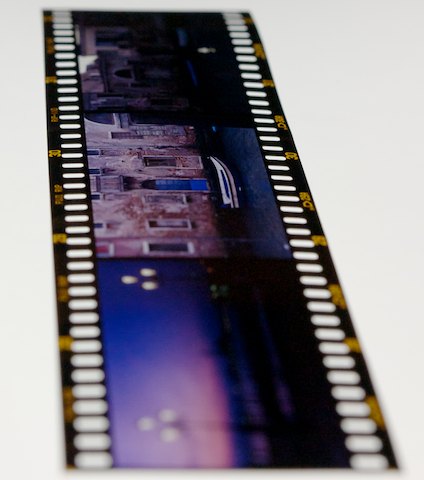Carry On Scanning
still dithering
Since my last post mourning the apparent demise of my faithful Minolta film scanner, I have tried every kind of arcane trick know to the Internet, and a few more besides, to bring it back to life. It is sometimes possible to get it to revive, but there’s no pattern to it. I managed to extract a full-blown, medium format 16x sampling megascan from it, too, but soon after it relapsed. I have to face facts, I’m wasting far too much precious time on this.
One reason why it has been so much the focus of my attention - apart from a 15 year film archive, which can always benefit from my improving scanning skills - is my current project to refine a set of Antarctic landscape panoramas. I’m trying to get the colour profile exactly as it should be, which to my way of seeing needs to be delicate, slightly subdued, but still allowing the often astonishing colour to speak. But not the overblown, digital look that plagues so much photography (Adobe Lightroom default profiles have to take of the blame for this). Of course, photographing on reversal film means that I’ve pretty much defined the look before it gets anywhere near a computer, but there are still opportunities and decisions to be made in the scanning and post-processing stages. The ideal is to transfer what I see on the light table on the screen, and then to print, but that’s very hard to achieve, especially without a drum scanner. And when I’m engaged in a long stretch of batch scanning, sometimes my initial post-processing attempts are not ideal. For example:

I’m not sure what I was thinking of here. The contrast is too strong, and the delicacy of the colours in the ice is lost. I’ve also pushed the sky and sea too much towards neutral.
The revised version is much closer to the Ektachrome, although with less density. In the processing, “less is more” certainly applied. Note, in both cases, reducing down to web sized JPGs is introducing some exaggerated tone transitions, especially in the sky.

Fortunately, using the Silverfast archive workflow I can go back and re-work the post processing without needing to do new scans. Unfortunately, for most of my Antarctic scans I used the Scanhancer to try to eke out the last bit of pixel-peeping quality, and this has not worked out to well. The coupled increase in exposure times seems to have greatly exaggerated shadow noise, possibly due to an ageing scanner CCD, and a few near invisible scratches on the Scanhancer itself have resulted in bands of shadowing on the scans, which was not immediately noticeable, but which are almost impossible to fix.
So going back to the scanner quandary, unless I decide to give up, I have three choices: try to get the Minolta fixed, which seems unlikely, track down a good, working Minolta DSMP or Nikon Coolscan 9000 at a sensible price, or take a chance on a Plustek OpticFilm 120. Although the inter webs are full of whining about the Plustek, two reviewers who actually have some track record have been less negative: Mike Pasini (“we achieved our finest scans of the test images we’ve ever managed. But it wasn’t easy.”), and particularly, Tim Parkin, who is something of a scanner guru (“the OpticFilm is definitely has the potential to be a great scanner and I can only recommend if you have the wherewithall to play around with creating a custom film holder”). Another strong argument is that the OpticFilm is currently in production and support by a company for which scanning is a major business activity. Well, I’m going to dither for a little longer, but I’m leaning towards the OpticFilm. Especially as it supports 6x12 film format and alledgedly could be persuaded to scan 6x17.










